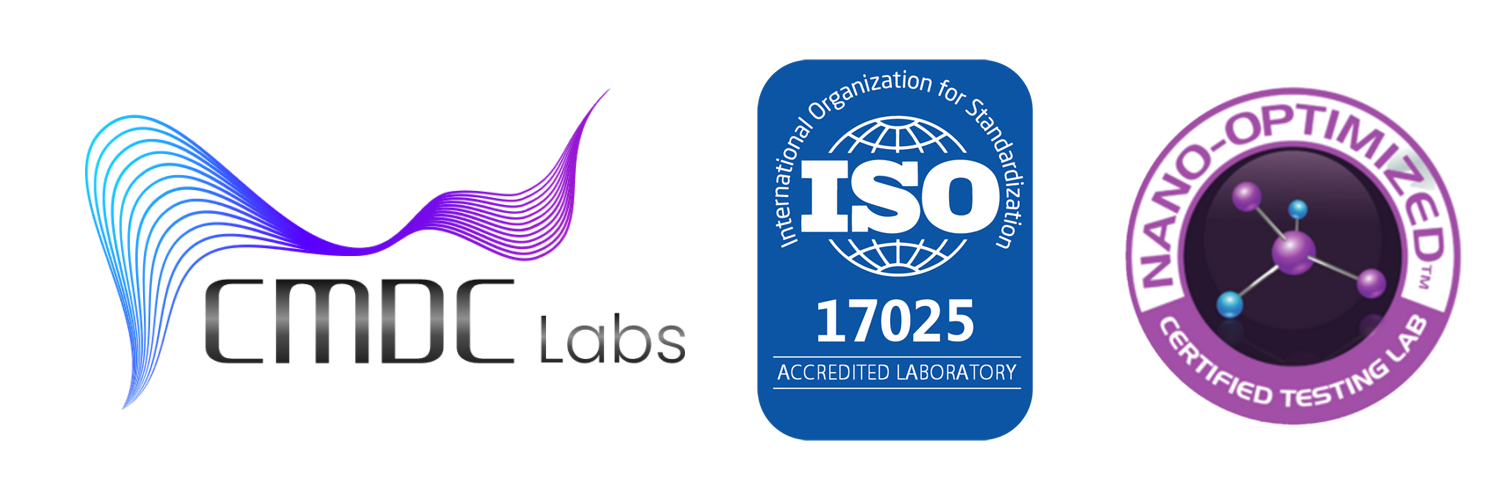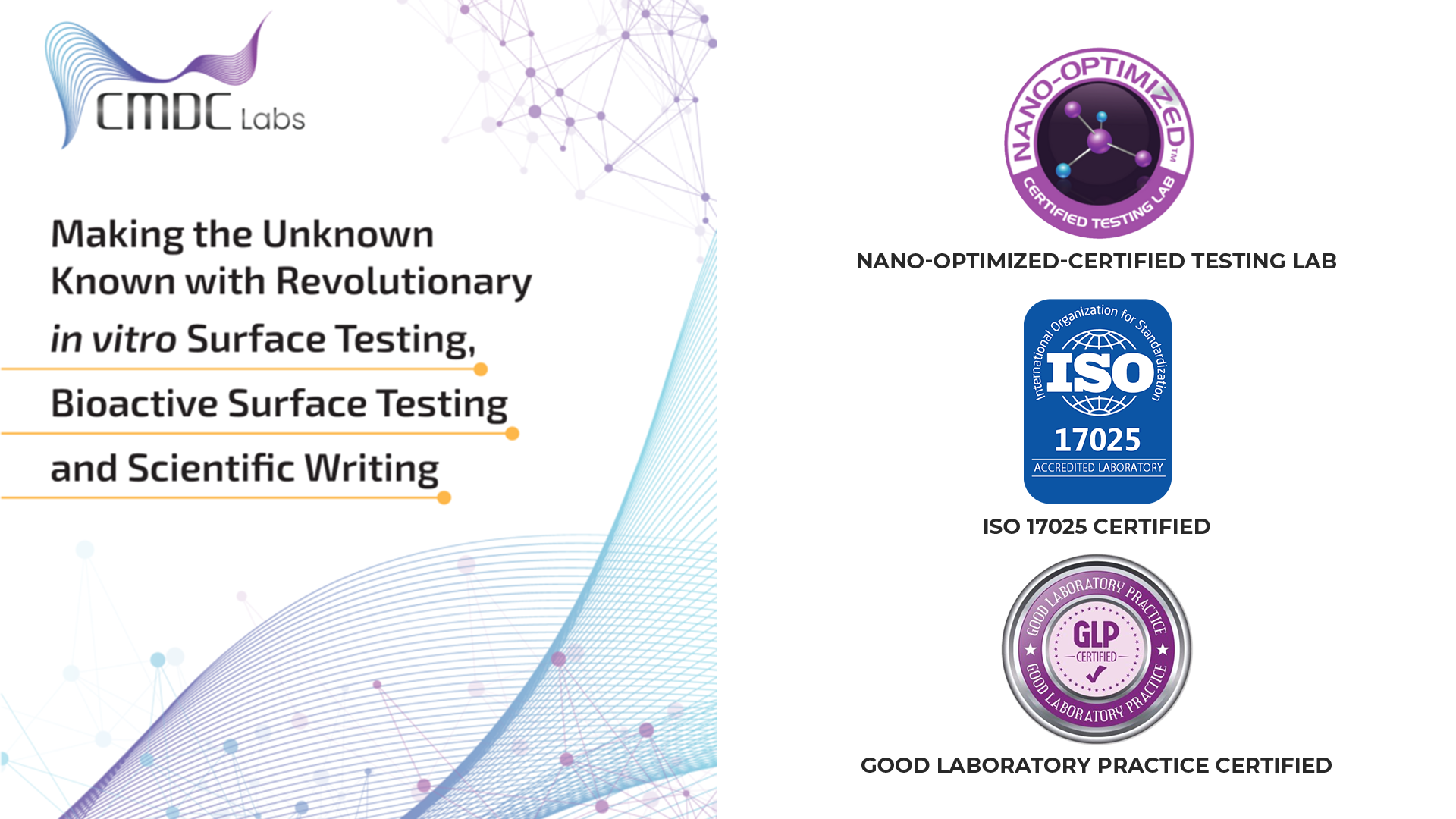Bioburden testing is a critical aspect of microbiological quality control in the pharmaceutical and medical device industries. It involves the quantification of viable microorganisms present on or in a product or component. ISO 11737 is the international standard that provides guidelines for bioburden testing. In this article, we will compare two parts of the ISO 11737 standard: ISO 11737-1 and ISO 11737-2, and explore their respective requirements and applications in bioburden testing.
ISO 11737-1: Determination of Bioburden ISO 11737-1 focuses on the determination of bioburden for products that are intended to be sterilized. It outlines the general principles and procedures for bioburden testing, including sampling methods, incubation conditions, and enumeration techniques. The standard emphasizes the importance of obtaining representative samples and conducting tests under conditions that simulate the intended use of the product.
Key Components of ISO 11737-1:
- Sampling: ISO 11737-1 provides guidance on sampling plans, including the number of samples to be tested and the sampling locations. Samples should be collected aseptically and representative of the entire batch or lot.
- Enumeration: The standard specifies methods for enumerating microbial colonies, such as membrane filtration, pour plate, or spread plate techniques. Enumeration results are expressed as colony-forming units per unit of product.
- Incubation: ISO 11737-1 defines incubation conditions, including temperature, duration, and atmosphere, to promote microbial growth and facilitate accurate enumeration.
- Acceptance Criteria: The standard establishes acceptance criteria for bioburden levels based on the intended use of the product and the sterilization process. Manufacturers must ensure that bioburden levels are within acceptable limits to minimize the risk of post-sterilization contamination.
ISO 11737-2: Estimation of Population of Microorganisms on Products ISO 11737-2 complements ISO 11737-1 by providing guidance on estimating the population of microorganisms on products that are not intended to be sterilized. These products may include non-sterile medical devices, pharmaceuticals, and raw materials. ISO 11737-2 outlines methods for determining bioburden levels and assessing the effectiveness of microbial contamination control measures.
Key Components of ISO 11737-2:
- Test Methods: ISO 11737-2 describes various test methods for estimating bioburden, such as direct inoculation, rinse method, and swab method. Manufacturers must select the most appropriate method based on the characteristics of the product and its intended use.
- Enumeration Techniques: Similar to ISO 11737-1, ISO 11737-2 specifies enumeration techniques for quantifying microbial populations. These techniques may include agar plate culture, membrane filtration, or other suitable methods.
- Validation and Verification: Manufacturers are required to validate and verify the bioburden testing method to ensure its accuracy, precision, and reproducibility. Validation studies should consider factors such as recovery efficiency, interference, and detection limits.
Comparison and Application: While ISO 11737-1 focuses on bioburden testing for sterilized products, ISO 11737-2 addresses the estimation of bioburden on non-sterile products. Both standards aim to ensure the microbial quality of pharmaceuticals and medical devices by providing guidance on sampling, enumeration, and acceptance criteria. Manufacturers must carefully consider the requirements of each standard and tailor their bioburden testing protocols accordingly to achieve compliance and maintain product quality.
Conclusion: Bioburden testing plays a vital role in ensuring the microbiological quality of pharmaceuticals and medical devices. ISO 11737-1 and ISO 11737-2 provide valuable guidance for conducting bioburden testing and assessing microbial contamination risks. By following these standards and implementing robust testing protocols, manufacturers can demonstrate compliance with regulatory requirements and uphold the highest standards of product quality and safety.

